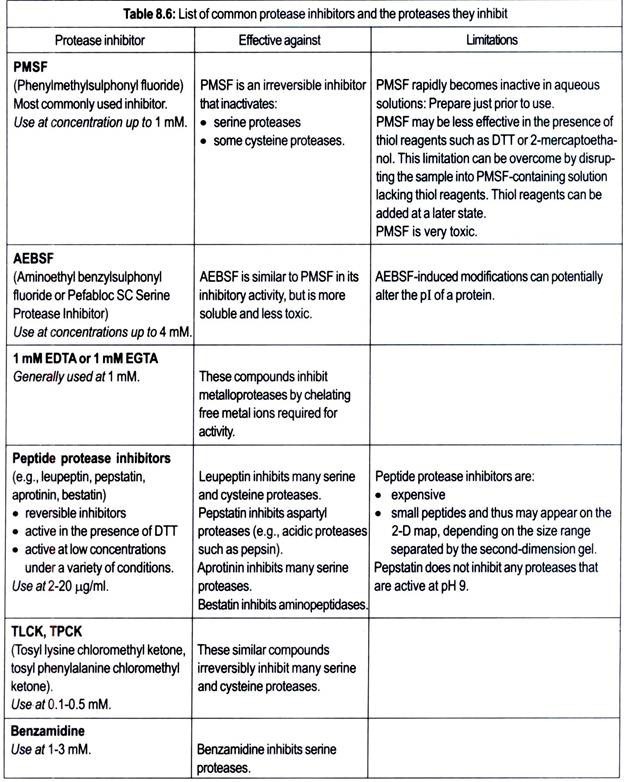ADVERTISEMENTS:
In this article we will discuss about the artificial nematode resistance in transgenic plants.
Artificial nematode resistance could be achieved by an alternative molecular strategy; an approach provides duration and efficient resistance. Deployment of antinematode gene in transgenic plant depending on specificity of nematode can provide artificial defence system.
Some of the promising approaches are the deployment of compounds produced by plant itself. Proteinase inhibitors (PI) often found in plants in response to the infliction wound is most promising as nematicides. Nematode contains cysteine protein involved in digestion of dietary protein, can be inactivated by plant proteinase inhibitor cystatins.
ADVERTISEMENTS:
Therefore, in transgenic strategy, the oryza cystatin – 1 gene derived from rice was introduced and expressed driven under the control of 35S promoter in Arabidopsis thaliana and tomato hairy roots. Efficient expression of Oryza cystatin in transgenic plants resulted in undergrowth of female nematode.
Lectins can be used as anti-nematode proteins. Lectins can interact with nematode at different sites of intestine or interaction with chemosensory perception of the nematode and consequently disturbed orientation with root. The gene for lectin, GNA, derived from Snap dragon has been introduced into potato, which led to the reduction of female nematode (G. pallida) upto 80%. Constrasting results are obtained due to overexpression of lectin gene GNA.
Chitinase enzyme present in plant as part of their defence system that can degrade structural component of the nematode. Nematode egg shell consists of primarily of chitin, which could possibly target for plant chitinase. No transgenic attempt has been made in this line of work. On the contrary, human collagenase cDNA are expressed in tobacco plants for breakdown of collagen containing cuticle of nematode.
Several problems were solved before successful applications of this approach. The toxicity of Bt-proteins against nematodes was thoroughly studied with free-living nematode revealing different mode of action compared with insecticidal strain. In transgenic approach, expression of Bt cry I ab in tobacco plants shows resistance against Meloidogyne species by reducing their egg mass per gram of root of about 50%.
ADVERTISEMENTS:
A novel concept on the production of monclonal antibodies within the plant and directed against nematode specific protein should leads to specific inhibition. To prove this, monoclonal antibodies were produced, that are specific to stylet secretion of M. incognita in tobacco plant. In addition, expression of single chain antibody in tobacco protoplast has also been reported. All these studies revealed that plantibody mediated protection is insignificant.
Additional strategies for engineering an artificial resistance system are disruption of specific feeding structures. There are certain specialized cells as a part of feeding structure (Fig. 20.14). In one of the realistic approach, the gene encoding phytotoxic that are targeted and damage the specialized cells.
In order to accomplish this task specific tissue damage in the plant is carried out by tissue specific promoter and allow the expression of suicide genes, restricted only target feeder structure. It is however, plant does not possess any genes specific for a pathogen-induced tissue.
In order to overcome above problem two component system consist of a plant toxin gene drawn by nematode responsive promoter and another detoxifying genes under the control of a constitute promoter have been evolved. Thus, expression of antagonistic gene can neutralise leaky expression of cytotoxic gene, resembles barstar-barnase mode of inducing male sterility in plant.

